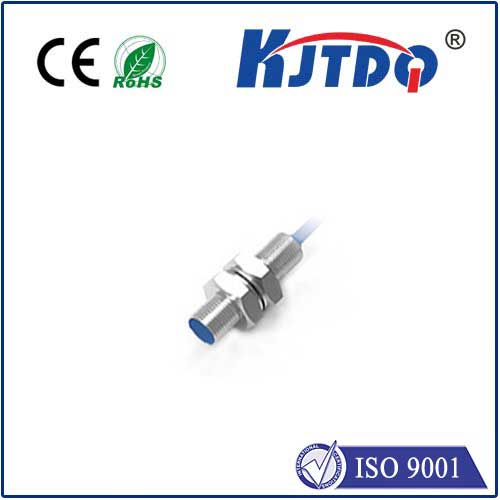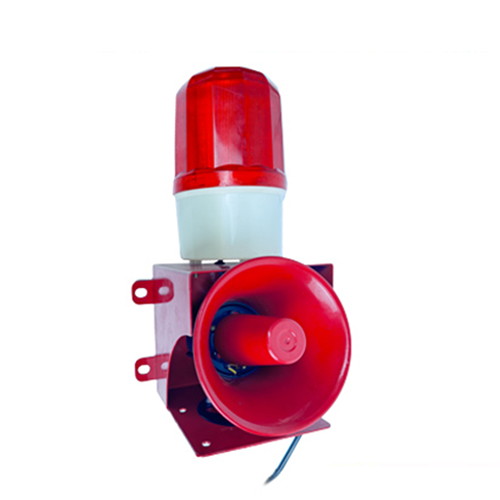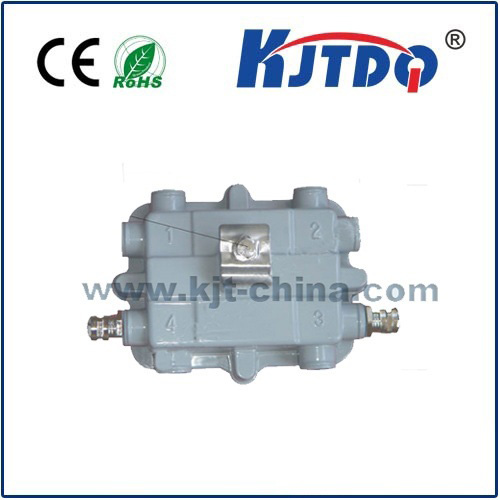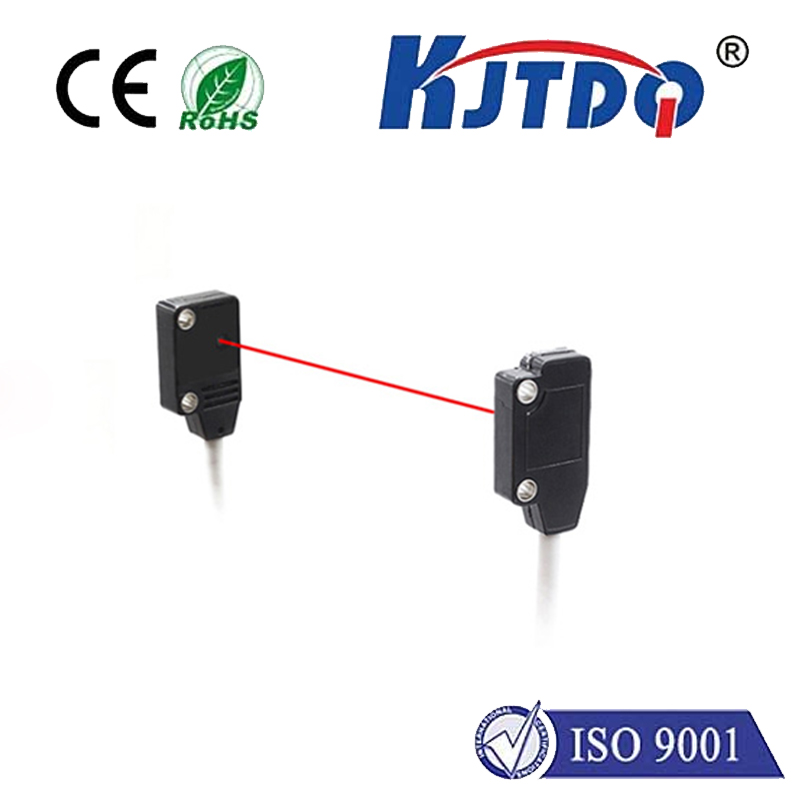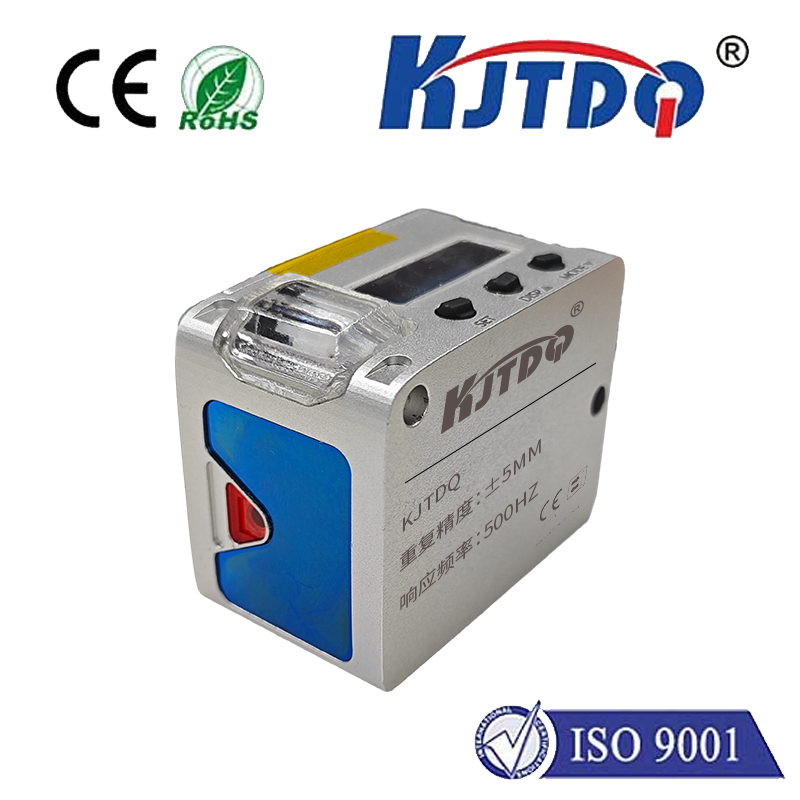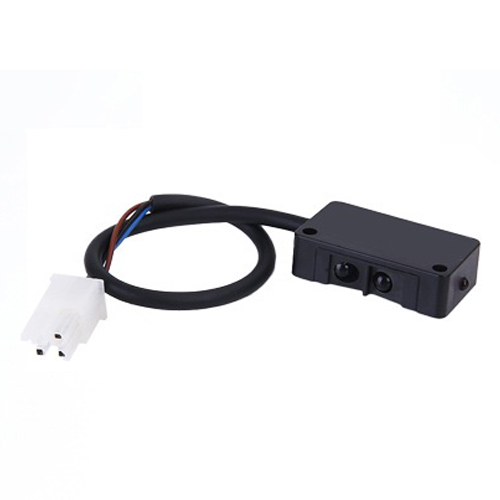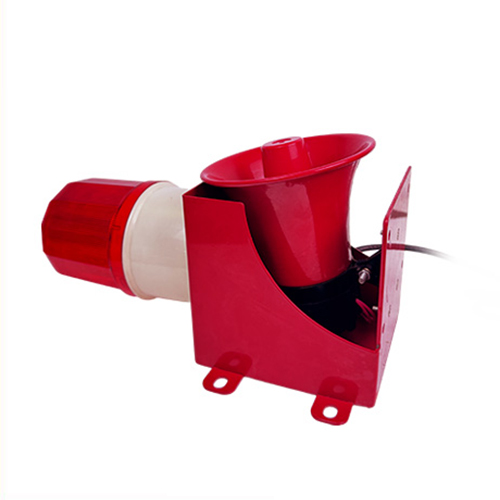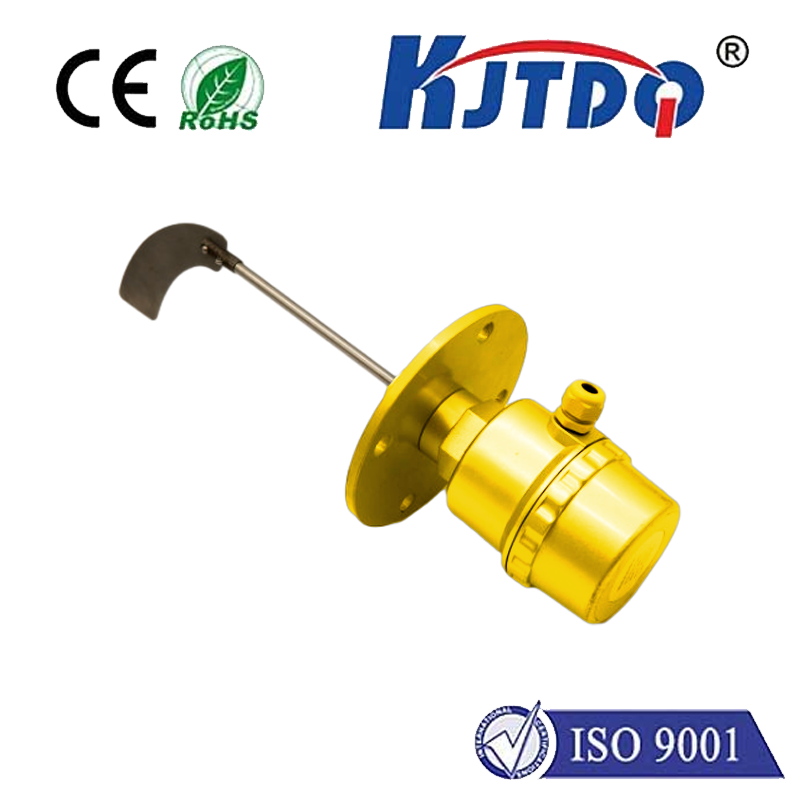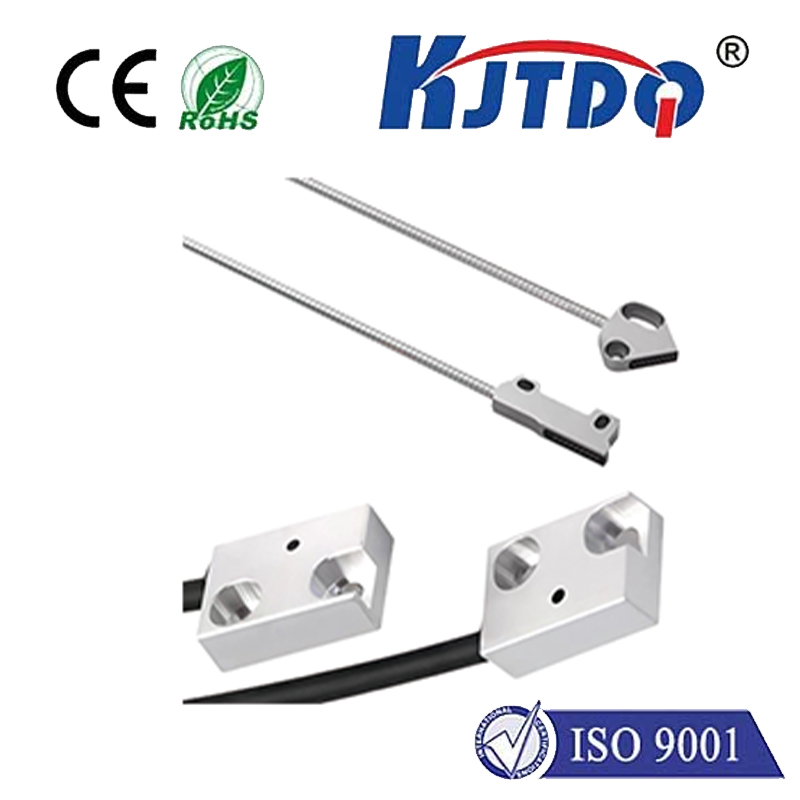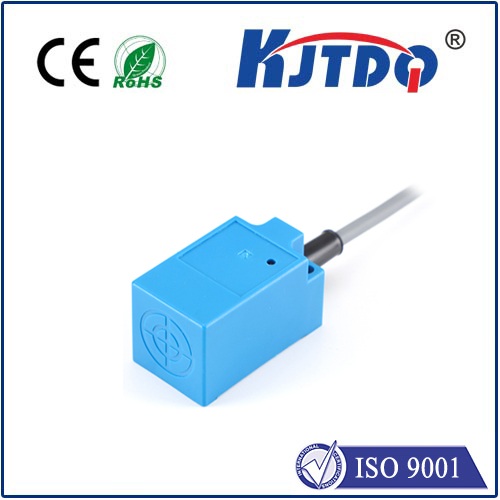LiDAR and Osram: Revolutionizing Autonomous Systems with Cutting-Edge Sensor Technology Imagine a world where self-driving cars navigate flawlessly through busy streets, drones map disaster zones with pinpoint accuracy, and robots seamlessly interact with their environments—all powered by an invisible pulse of light. At the heart of this technological revolution lies LiDAR (Light Detection and Ranging), a sensing method that uses laser beams to create high-resolution 3D maps of surroundings. But what makes modern LiDAR systems so precise, efficient, and scalable? The answer, in part, lies in innovations from companies like Osram, a global leader in photonics and optoelectronic solutions.
LiDAR has emerged as a cornerstone of autonomy across industries. By emitting laser pulses and measuring their reflection times, LiDAR systems calculate distances with millimeter-level accuracy, enabling machines to “see” their environments in real time. From autonomous vehicles avoiding collisions to smart cities optimizing traffic flow, the applications are limitless. However, the performance of LiDAR hinges on one critical component: the light source. This is where Osram’s expertise becomes indispensable. For decades, Osram has pioneered advancements in laser diodes and infrared LEDs, which are now integral to next-generation LiDAR systems.
Osram’s contributions to LiDAR technology center on three key innovations: high-power laser diodes, infrared emitters, and miniaturized optoelectronic components. These technologies address the core challenges of LiDAR design: range, resolution, power efficiency, and durability.
High-Power Laser Diodes: Osram’s SPL DP90 and SPL1x1 laser diodes are engineered for LiDAR applications requiring long-range detection. Emitting light in the 905-nanometer wavelength, these diodes achieve peak powers of up to 125 watts while maintaining compact form factors. This enables LiDAR systems to detect objects hundreds of meters away—critical for automotive safety at highway speeds.
Infrared LEDs for Solid-State LiDAR: As the industry shifts toward solid-state LiDAR (which uses no moving parts), Osram’s IRED (Infrared Emitter Diode) solutions, such as the SFH 4735, provide uniform illumination across wide fields of view. These components are vital for short-range applications like parking assistance and pedestrian detection, where reliability under varying weather conditions is paramount.

Miniaturization and Integration: Osram’s micro-optic designs and chip-scale packaging allow LiDAR manufacturers to shrink sensor sizes without sacrificing performance. For example, the Osram ConnecLiDAR™ platform integrates laser diodes, drivers, and optics into a single module, reducing complexity and costs for mass-market adoption.
Thermal Efficiency: LiDAR systems generate significant heat, which can degrade performance. Osram’s laser diodes incorporate advanced cooling technologies, ensuring stable operation even in extreme temperatures.
Eye Safety Compliance: By optimizing pulse durations and wavelengths, Osram’s components meet stringent Class 1 eye safety standards, making them suitable for consumer-facing applications.
Customization: Osram collaborates closely with LiDAR developers to tailor wavelengths, beam patterns, and power outputs for specific use cases—whether it’s a delivery robot navigating sidewalks or an agricultural drone monitoring crop health.
Autonomous Vehicles: Companies like Waymo and Mobileye rely on Osram’s laser diodes for LiDAR sensors that detect obstacles, read road signs, and adapt to dynamic environments.
Промышленная автоматизация: In warehouses, LiDAR-equipped robots using Osram’s IREDs efficiently sort packages and avoid collisions.
Экологический мониторинг: Researchers deploy Osram-powered LiDAR drones to track deforestation and glacier movements with unprecedented detail.
Despite its promise, LiDAR technology faces hurdles like cost barriers and energy consumption. Osram is tackling these issues head-on by:
Developing vertical-cavity surface-emitting lasers (VCSELs) for cheaper, scalable LiDAR arrays.
Exploring short-wave infrared (SWIR) wavelengths (1,400–1,550 nm) to enhance performance in fog and rain.
Investing in quantum dot technology to improve photon detection efficiency. As LiDAR becomes ubiquitous, Osram’s innovations will play a pivotal role in shaping its evolution. By balancing performance, affordability, and adaptability, the company is not just keeping pace with the autonomy revolution—it’s leading it. From enabling safer self-driving cars to empowering smarter cities, the synergy between LiDAR and Osram exemplifies how cutting-edge photonics can transform our interaction with technology. As industries push the boundaries of what’s possible, one thing is clear: the future of sensing is bright, and it’s powered by light.
